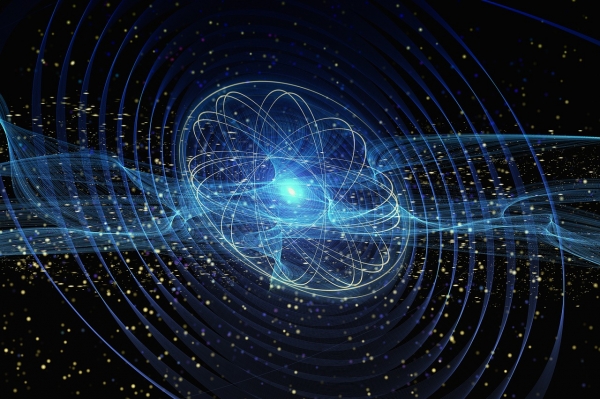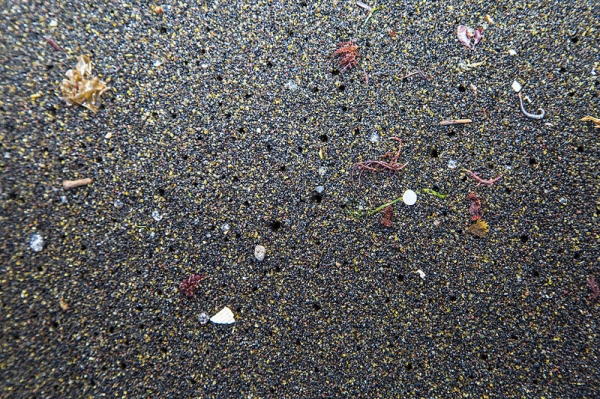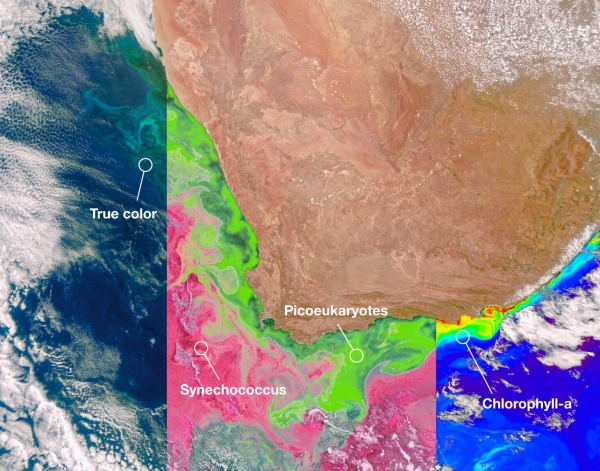Natural forest regeneration is hailed as a cost-effective way to restore biodiversity and sequester carbon.
articles
Researchers at Goethe University Frankfurt Visualize Quantum Effects in Electron Waves
One of the most fundamental interactions in physics is that of electrons and light.
Microplastics Make Their Way from the Gut to Other Organs, UNM Researchers Find
It’s happening every day. From our water, our food and even the air we breathe, tiny plastic particles are finding their way into many parts of our body.
NASA’s PACE Data on Ocean, Atmosphere, Climate Now Available
NASA is now publicly distributing science-quality data from its newest Earth-observing satellite, providing first-of-their-kind measurements of ocean health, air quality, and the effects of a changing climate.
Machine Learning Could Help Reveal Undiscovered Particles Within Data From the Large Hadron Collider
Scientists used a neural network, a type of brain-inspired machine learning algorithm, to sift through large volumes of particle collision data.
Retention Ponds Can Deliver a Substantial Reduction in Tire Particle Pollution
Retention ponds and wetlands constructed as part of major road schemes can reduce the quantities of tyre particles entering the aquatic environment by an average of 75%, new research has shown.









